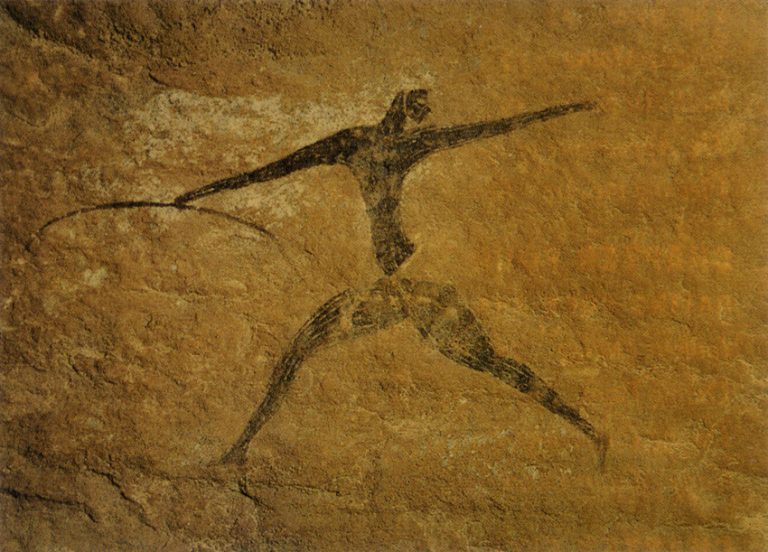
The Maasai people of Kenya and Tanzania are one of the most iconic cultural groups in East Africa, known for their vibrant customs, unique attire, and deeply rooted traditions. This heritage, stretching across the savannas of these two countries, represents a way of life that has adapted over centuries while maintaining a unique identity.
The Origins and Identity of the Maasai
The Maasai are a Nilotic ethnic group, tracing their ancestry to the Nile Valley before they migrated southwards around the 15th century. Primarily pastoralists, they settled in the grasslands of Kenya and Tanzania where cattle-raising became central to their way of life. For the Maasai, cattle are more than just livestock, they are symbols of wealth, status, and sustenance, integral to their culture. Every Maasai boy is taught the art of cattle herding from a young age, marking the beginning of his lifelong bond with the herd.
Their language, Maa, is another distinctive aspect of their heritage. Spoken across the community, it helps to preserve their rich oral tradition, with stories and histories passed down from one generation to the next. Oral stories serve as Maasai history books, preserving the group’s achievements, struggles, and beliefs while reinforcing communal values.
Traditional Attire: Red Shukas and Beaded Adornments
One of the first things that stand out about the Maasai is their attire. They are easily recognized by their bright red shukas, which are large cloth wraps draped around the body. The color red is significant, it represents bravery and protection. For the Maasai, wearing red is also symbolic of their readiness to protect their cattle from threats, a constant in their pastoral life. Interestingly, shukas weren’t originally Maasai; they are believed to have been adopted in the 1960s from Scottish traders, and yet the Maasai made them their own, weaving them into their identity.

The Maasai are also known for their beautiful beadwork, especially worn by women. Their jewelry isn’t merely ornamental; each color and pattern has meaning, often related to social status, age, and marital status. Beaded collars, earrings, and bracelets are used to mark life stages and roles within the community. A young Maasai woman’s beaded collar, for example, shows she’s of age to be married.
Maasai Rites of Passage
The Maasai have complex social structures and rites of passage that mark different stages in life. For young Maasai men, or morans (warriors), there’s a rigorous initiation process. In the past, Maasai boys had to prove their bravery by hunting lions, a practice mostly symbolic today due to conservation efforts. These rites are key to understanding the Maasai’s emphasis on courage and responsibility. Each ritual is a communal event, with the entire community celebrating as boys transition into adulthood.

Female Maasai also experience unique rites of passage, although the practices have evolved over time. While traditional rites can be controversial, the Maasai have been proactive in working with organizations to modify rites that conflict with modern human rights perspectives. For example, several Maasai communities are now offering alternative rites of passage that celebrate cultural identity without controversial practices.
Maasai Land, Environmental Knowledge, and Conservation Efforts
Living close to nature has given the Maasai an unparalleled understanding of the East African landscape. The savannas of Kenya and Tanzania, where the Maasai roam, have taught them survival skills, from tracking animals to knowing the medicinal properties of local plants. Their way of life reflects a deep respect for the land, with communal grazing practices that sustain the ecosystem.

Maasai land is increasingly under threat from agriculture expansion, tourism, and conservation policies. Many Maasai have been displaced or restricted from grazing lands to create wildlife reserves. Ironically, their traditional grazing methods align with ecological goals by reducing bush encroachment and promoting biodiversity. In recent years, Maasai leaders and activists have been advocating for land rights, aiming to balance their heritage with sustainable environmental practices.
The Modern Maasai: Balancing Tradition and Change
In modern Kenya and Tanzania, the Maasai face new challenges as globalization and urbanization spread. Many young Maasai are pursuing formal education, often moving to cities for opportunities in tourism or business. This change sometimes creates tension between traditional life and modern expectations. However, there’s a growing movement among the Maasai to blend both worlds, embracing formal education while preserving their unique identity.
- Education Initiatives: Several programs now focus on educating Maasai youth while respecting their culture, with curriculums that integrate Maa language and traditional knowledge.
- Eco-Tourism Ventures: Maasai-owned conservancies offer eco-tourism experiences, allowing them to share their culture with the world and generate income for community development.
- Cultural Festivals: Maasai festivals celebrate dance, storytelling, and traditions, connecting younger generations with their heritage and drawing in global visitors.

These initiatives not only provide economic opportunities but also help keep Maasai heritage alive for future generations. For many Maasai, the goal is to be a “modern Maasai” who can balance between two worlds, staying rooted in tradition while embracing the opportunities of the present.
A Legacy of Cultural Resilience
The cultural heritage of the Maasai in Kenya and Tanzania is a profound example of resilience and adaptability. Despite external pressures, the Maasai have managed to preserve their distinct way of life, showcasing a community deeply connected to its traditions, environment, and each other. From the red shukas to the symbolism of their beadwork, every element of Maasai culture is a piece of a rich tapestry woven through generations.
Discover more from Amebo Media
Subscribe now to keep reading and get access to the full archive.




